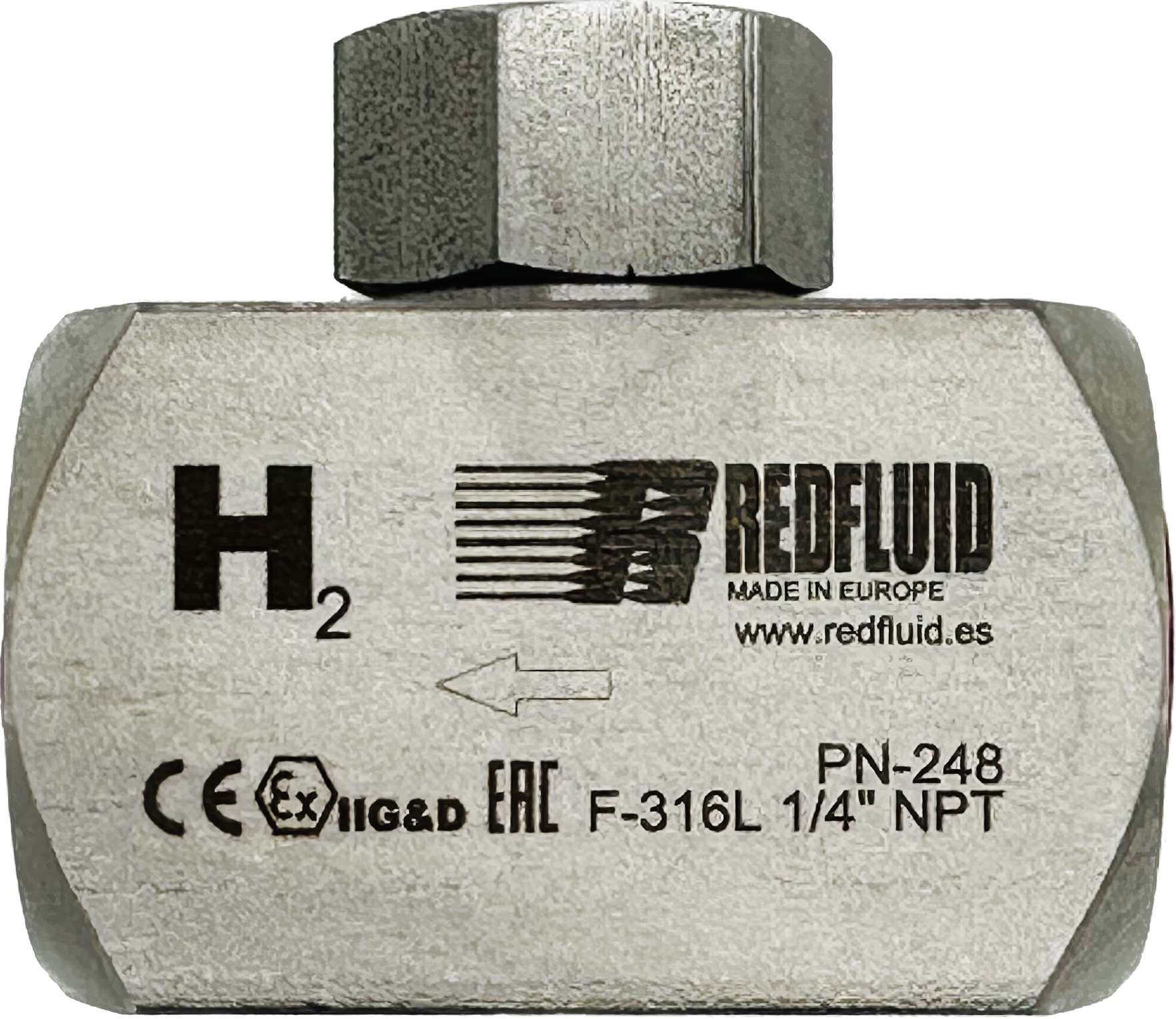The spec flameport posted indicated that, as a feature, the mixer would 'shut off' if the input hot water temp was not at least 12° above the output temp of the mixer -= something which could obviously only be achieved if both hot and cold water were available and that at least some cold water were being mixed with the hot.The unit I installed only requires the cold pressure to function ie it will provide a cold shower with no hot. which was really confusing as the thermostatic cartridge had been inserted round the wrong way and trying to get water out of it with only the cold connected didn't happen.
Kind Regards, John


